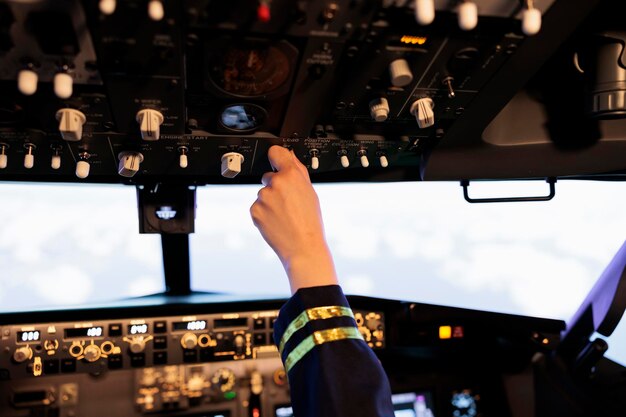How to Become a Medium Drone Pilot Instructor in India?
A medium drone pilot instructor is indeed a promising career in India. As the requirement for skilled drone operators is on the rise, the requirement

There has been an increase in the demand for drone tech. Drones are computer-operated. Different types of drones exist, such as fixed-wing, multirotor, single-rotor helicopters, VTOL, drones in a box, and autonomous drones. Each has a precise function and is used in several fields from agriculture to defence. Their important functions are mapping, surveillance, photography, delivery services, etc. The augmented requirement for drones has opened a new career opportunity to become a drone pilot.

To become a drone pilot, you need a Remote Pilot certification or an RPC authorized by the DGCA. The DGCA also approves Remote Pilot Training Organizations to conduct the training. A candidate interested in pursuing a drone piloting career should have an Aadhar card, matriculation or equivalent mark sheet, and passport. The entire drone training is divided into theory and practical training.
The theory classes include drone rules, basic principles of flight, aerodynamics of hybrids and rotorcraft, drone data and analysis, etc. To begin the second phase, ground training should be completed, and the test should be cleared. This depends on the type of drone, such as a hybrid or rotorcraft. The practical training includes simulator training and testing, solo flying with an instructor, and basic assembly and maintenance. Both practical and theory tests are based on the candidate's choice of drone.
The minimum qualification to enroll in an RPL training course is a Class 10th pass, and the minimum age is 18. There are two kinds of small and medium pilot training. Apart from drone pilot training, there is also instructor pilot training for people who want to go a notch further in making their careers via drones, but the educational eligibility is different (Graduation).

The drone can operate in green and yellow zones. Drone piloting in the green zone is entirely unrestricted, but special permissions from the concerned authorities are required for flying in the yellow zone, and the RPL is mandatory.
Though there are some exceptions as well, there is no need for a licence if you are flying a nano drone and if the drone is flown for a non-commercial purpose. But, since we are talking about making a career in drone piloting, one should always have a licence.
The Government of India fully supports making the drone industry a thrilling career option. With numerous institutes offering exceptional courses and simple eligibility criteria, the demand for drone pilots is increasing daily. This is a time to become a part of the drone industry, with numerous career opportunities waiting to be explored.
Now that you know, there is much to be explored in drone piloting and instructing as a career, so enroll now with Flapone Aviation and start shaping your career in this budding industry. If you want to know more, you can reach us via mail or a call.
Whether you're a beginner or looking to upskill, our training advisors can help you choose the right course.